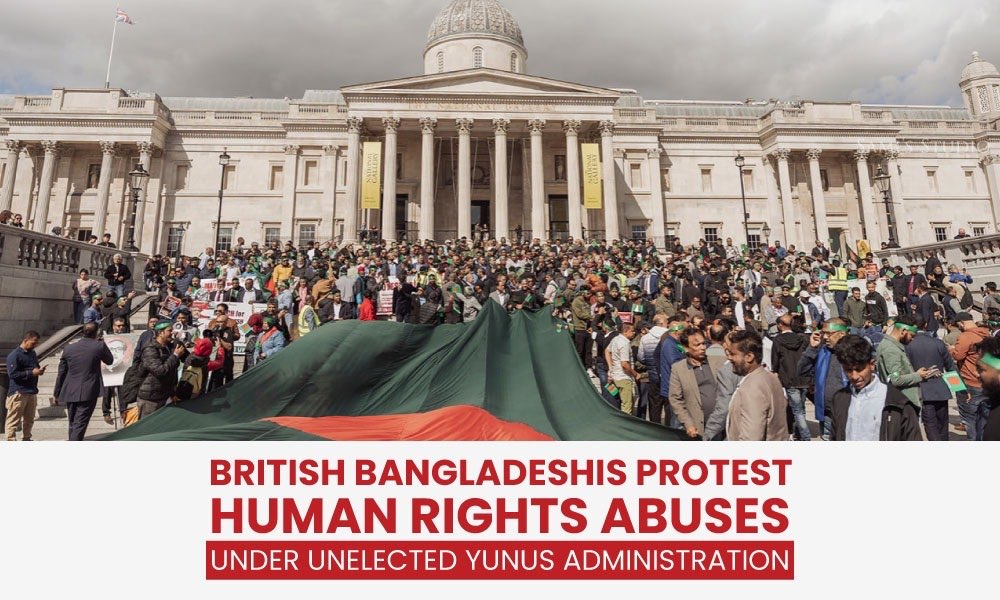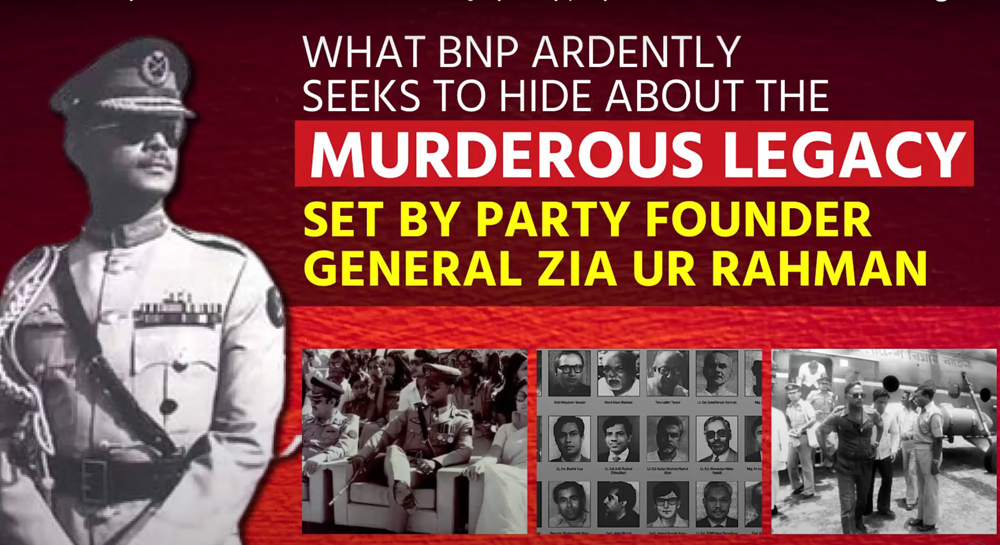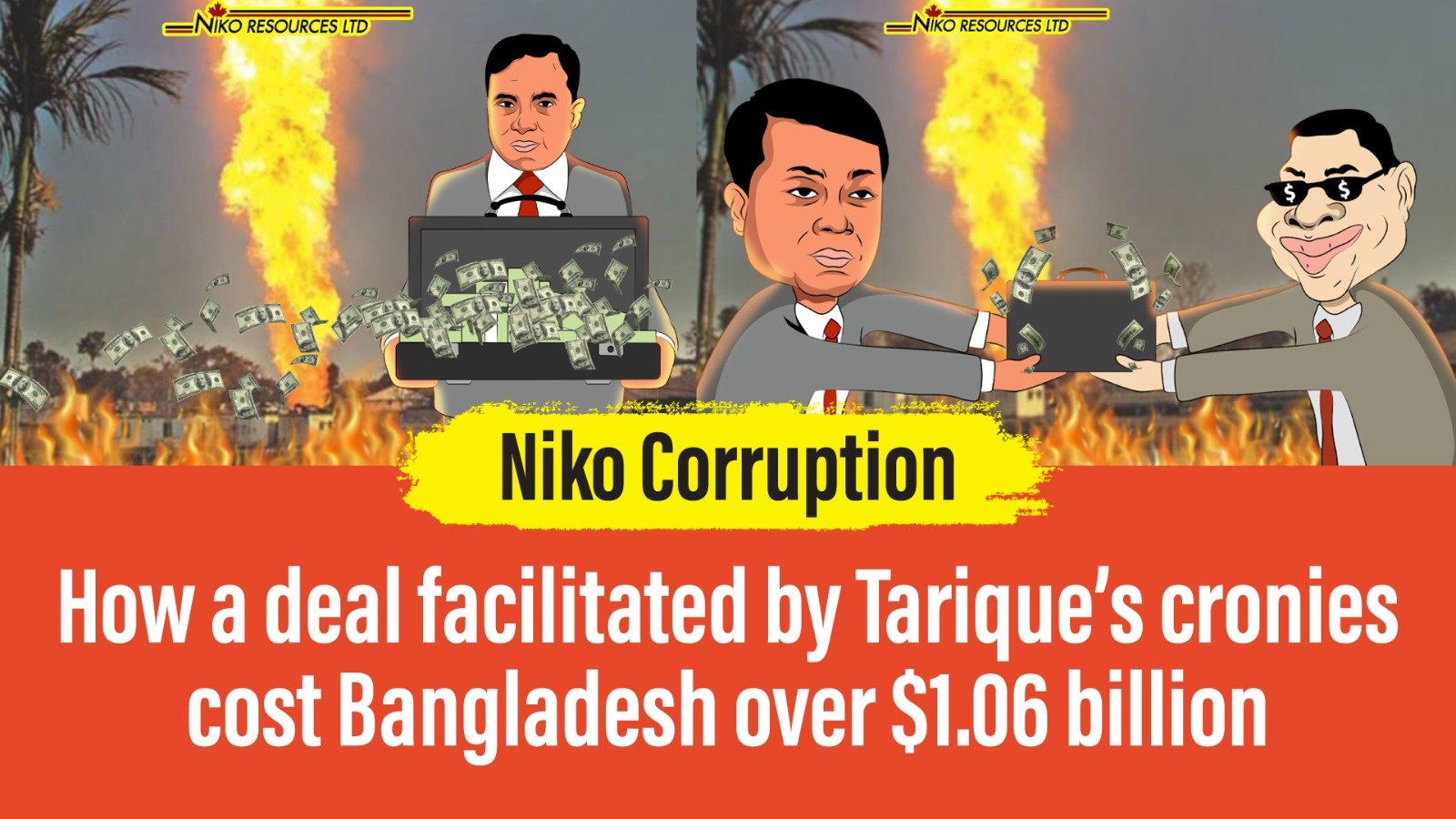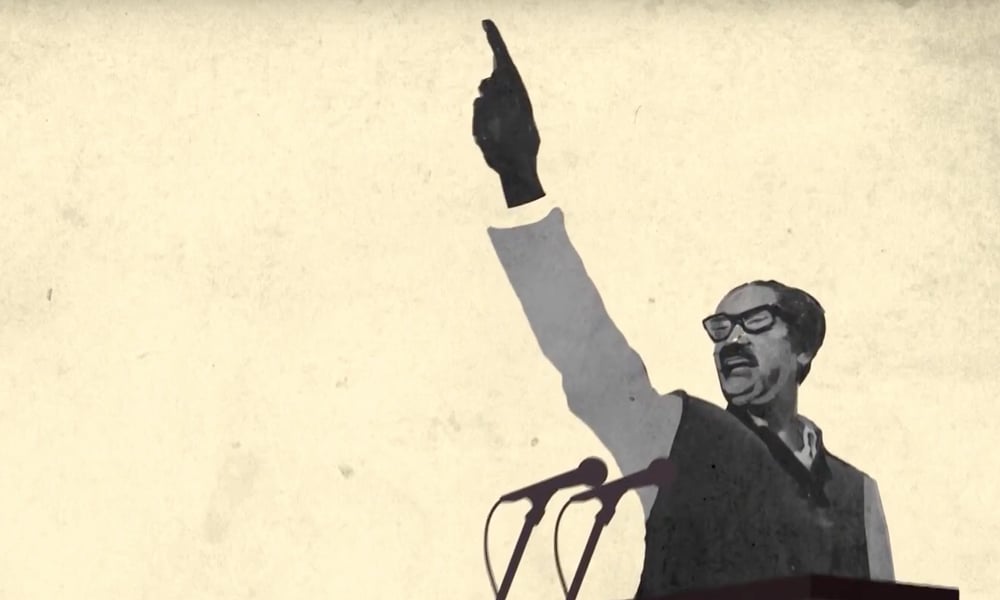6413
Published on September 1, 2021Syed Badrul Ahsan:
What occurred on Aug 21, 2004 was part of a pattern set in motion years back in Bangladesh’s history. The sinister objective was the elimination of the leadership of the Awami League and, by extension, the mutilation of national history.
Observe the cycle of conspiracy.
In the late 1960s, the Ayub Khan regime in Pakistan, through instituting the Agartala Case against Bangabandhu Sheikh Mujibur Rahman, sought to finish off the rising spokesperson of Bengali nationalism and so leave the Awami League emasculated as a political organization.
In March 1971, as the Yahya Khan regime launched its genocide in occupied Bangladesh, the Pakistan army went after the Awami League, the goal once again being the extermination of its leadership. Bangabandhu was incarcerated in distant Pakistan. Here in the country, prominent party politicians such as Masihur Rahman of Jashore were hunted down, tortured and killed. There is little question that if the men who subsequently formed the Mujibnagar government had been found and detained, every single one of them would have been killed by the Pakistan army.
In August 1975, a vast conspiracy led to the assassination of Bangabandhu Sheikh Mujibur Rahman, leaving the country without its pre-eminent leader. Less than three months later, in November, the four leading lights of the 1971 Mujibnagar government were done to death in the putative security of prison. The murder of Sheikh Mujibur Rahman, Tajuddin Ahmad, Syed Nazrul Islam, M Mansoor Ali and AHM Quamruzzaman effectively left the Awami League without its top leadership and the country in the malignant grip of medieval elements.
It was that same pattern of intrigue at work in August 2004. Around Sheikh Hasina on 21 August were the senior leaders of the Awami League, a huge temptation for those wielding power at the time to blow up, at one go, the entire party leadership that had meticulously reorganized the Awami League and restored it as the authentic voice of Bengali history and heritage. The explosions carried out on the day were a fresh move to push Bangladesh’s people into dark uncertainty about their future.
All these years after the violent explosions that claimed the lives of 24 people and left more than 200 injured, with many maimed for life, it is time to revisit the tragedy. There is a clear need behind such a revisit, given that since the appalling occurrence of 21 August 2004, little has been done by way of an investigation of the crime to convince the nation that the guilty have been or will be punished.
At the time the tragedy occurred, a political government dominated by the Bangladesh Nationalist Party and its rightwing ally, the 1971 collaborationist Jamaat-e-Islami, was in power. Strangely enough, that government demonstrated little inclination toward taking the issue seriously and indeed appeared to be creating an entire ground to have the crime take a back seat to everything else.
Murder of Ivy Rahman
What became clear in August 2004 is that the grenade explosions that rocked the public rally of the Awami League, which ironically had called the meeting to protest political terrorism, were patently aimed at killing off the senior leaders of the party. It may be recalled that most of those leaders, including party chief and at the time former prime minister Sheikh Hasina, had gathered on a truck, which made it a whole lot easier for the attackers to target their victims. In the event, what happened was that Sheikh Hasina and her colleagues stayed unhurt. That was a miracle, giving the nation a sense of relief.
But among the 24 people killed was the senior Awami League politician Ivy Rahman. Her death was a particular cause for shock since it made clear the intentions of those behind the plot. As eyewitness accounts were to reveal in the days immediately following the attack on the Awami League rally, some individuals were seen hurling grenades at the rally from rooftops nearby. But that was something the government was unwilling to acknowledge. Indeed, it and many of those willing to buy its arguments put it about that the grenades had been hurled from the road on which the truck accommodating the AL leaders was positioned. That argument was of course roundly ridiculed. It was argued that no one could possibly hurl the grenades in the manner of what amounted to cricket bowling and then get away with it.
Mystery and riddles
Indeed, a number of mysteries have remained unanswered since the tragedy occurred. A vehicle was noticed in the melee following the explosions. No one knows what happened to it. Then again, there have been persistent reports that a few unexploded grenades were found at the spot after the incident but these were later taken away and exploded. That was a way of doing away with evidence. Indeed, for such a heinous crime to be deprived of evidence and all clues that might lead to an arrest of suspects is unprecedented in the history of investigations.
The road where the crime occurred should have been kept intact and out of bounds insofar as preserving the evidence was concerned. That it was not was subsequently to lead to a number of problems. When the government asked crime experts from abroad, especially the FBI and Scotland Yard, to come in and contribute their bit, they found little they could build their case on. All the evidence had carefully been made to disappear, which made it clear that the public demand for a meaningful inquiry into the tragedy was not going to be fulfilled. And that was precisely the way things happened. The indifference of the government toward a purposeful inquiry and nabbing of suspects involved was appalling.
Inquiry Commission a non-starter
And yet the government made a show of launching an inquiry. A one-man judicial commission, meaning Justice Joynul Abedin, was set up and was expected to go into the details of the crime. The truth about the commission is that no one appeared to be enthusiastic about it. The judge received no response from the Awami League leadership, which felt the commission was a half-hearted measure on the part of the government.
As a result, Justice Abedin was forced to conduct his inquiry through visiting some victims of the grenade attack and then prepare a report. It does not appear that much of substance was put into the report. No one was convinced by it, in light of the feeling that powerful elements in the government were themselves involved in the criminal act. In it, the work of local elements as also the influence of foreign enemies was mentioned. That was a diversionary tactic. No one bought the argument. No clear identity of those involved was given out. The report was submitted to the government. It never saw the light of day.
The twists and turns
Some bizarre twists were then given to the story. An individual named Joj Mia was taken under arrest by the police and charged with having caused the explosions on 21 August 2004. Almost everyone greeted reports of the arrest with disbelief. It was inconceivable that Joj Mia could have created the conditions that led to the mayhem. In other words, his arrest was laughed off and seen as a crude attempt to push the issue into a meaningless direction altogether. That there was something fishy about the whole arrangement became clear when the media discovered that the authorities, while keeping Joj Mia in jail, paid a regular amount of money on a monthly basis to his family. The payment of money came to a stop as soon as the revelations relating to them became public knowledge.
Another twist to the Joj Mia story came through the allegation that Islamic fundamentalists were involved in the attack on Sheikh Hasina and her party colleagues. Mufti Hannan’s name cropped up, but nothing happened, till that point, to convince the country that the crime was about to be solved.
The scars
The killings of 21 August 2004 were the worst incidents of political violence in independent Bangladesh since the assassination of Bangabandhu Sheikh Mujibur Rahman and his family as well as the four leaders of the Mujibnagar government in 1975. A common thread binding the two incidents is that they were both aimed at decimating the leadership of the Awami League. For a long period of 21 years, no legal move was taken, owing to an infamous ordinance indemnifying Bangabandhu’s killers from prosecution in a court of law, against the assassins. While that was not the case with the 21 August tragedy, it remains a fact that too much foot-dragging in investigating the case was resorted to by the men and women then holding power.
The tragedy of 21 August has left deep scars on the conscience of the nation. It was proof, if proof were needed, of how an unabashedly partisan political government could look away from the need for justice and indeed feel little compunction in nurturing an indifferent attitude to the requirement of a thorough, impartial investigation.
The concept of rule of law demands that all crimes committed anywhere and at any stage of the nation’s history be inquired into and resolved in the interest of justice and constitutional rule.
At the same time, there is a clear and present need, given the pattern of conspiracy the country has experienced for decades, for national security, internal as well as external, to be accorded the highest priority in governmental policymaking.
All these years after Aug 21, 2004, these ideas hold greater relevance for Bangladesh than ever before.
Writer: Senior Journalist and Political Analyst
Source: bdnews24.com














